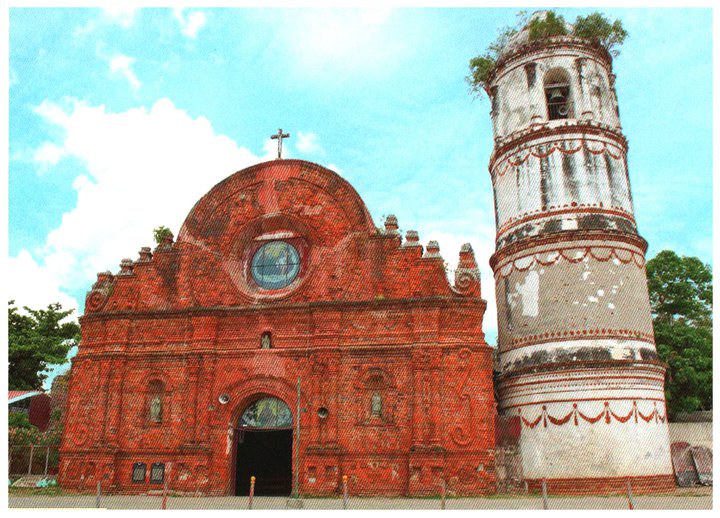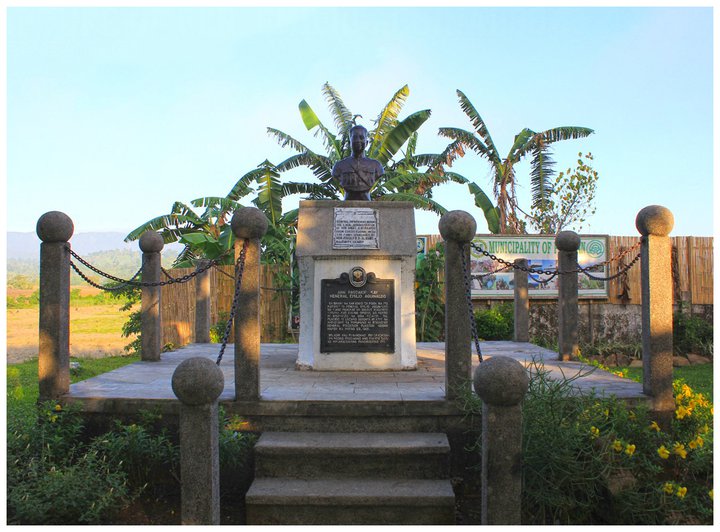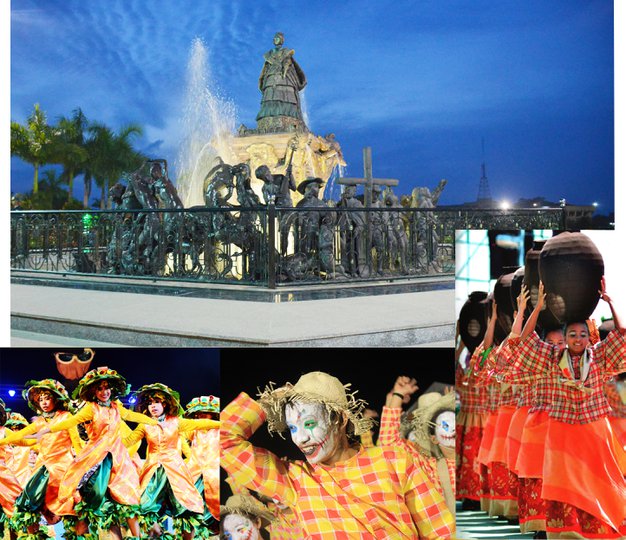Isabela: History and Culture
Isabela's early origins date back to the Stone Age over 25,000 years ago when a pygmy race called the Agtas were the first indigenous people to inhabit the Philippines. They were the ancestors of the Dumagats, who still roam the mountainous forestlands of Eastern Isabela and the shorelines of Coastal Isabela. For many centuries, the ancient Agtas subsisted as hunters, gatherers, and fisherfolk.
Five thousand years ago, a wave of Indonesian migrants came to Isabela, followed by three waves of Malays between 200 BC and 1500 AD. Their descendants are the present-day Ibanag, Gaddang. Yogad, and other indigenous peoples who occupy the valleys and foothills of Western Isabela where they built a civilization based on corn agriculture governed by the basic political unit known as the barangay,
In the 16th and 17th centuries, the Spaniards arrived in northern Luzon and introduced the Christian religion, the encomienda system of government, and the tobacco monopoly. Their 300-year rule was marked by oppression, which triggered several revolts in the 18th century led by local chieftains Dabo and Marayag.
Prior to 1839, the entire Cagayan Valley was one large province which the Spanish insular government designated as La Provincia del Valle de Cagayan. To facilitate the conversion of the natives to Catholic Christianity by Spanish missionaries, two provinces were created in the vast territory, namely Cagayan and Nueva Vizcaya. The latter was established upon the advice of Cagayan's alcalde mayor to Governor-General Luiz Lardizabal who issued an order in 1839 which was approved by a Spanish royal decree on April 10, 1841.
Another royal decree was issued on May 1, 1856, creating Isabela de Luzon - as the province was initially called, distinguishing it from similarly named places in other parts of Las Islas Filipinas. The new province's name was derived from then reigning Queen Isabella II of Spain. It consisted of nine towns of which were formerly part of Cagayan and seven others detached from Nueva Vizcaya.
A new wave of migration started in the late 19th, with large numbers of Ilocanos from northwestern Luzon settling in Isabela. They were followed by other ethnolinguistic groups, transforming the province into the "Melting Pot of the North."
During the Philippine-American War that followed the Philippine Revolution against Spain in the 1890's, the town of Palanan in Coastal Isabela figured prominently. There, on March 23, 1901, the first Philippine President, General Emilio Aguinaldo, was captured by US forces, signaling the end of America's first war as a colonial power. Under US rule, changes were instituted in the political system but the economy of Isabela remained agricultural.
The Japanese occupation of Isabela began in 1942 and lasted up to 1945, when the entire country was liberated by Filipino and American forces at the end of the World War II. Thereafter the Philippines became an independent republic in 1946.
From the late 20th century to the turn of the millennium, Isabela continued to grow as a premier province of the Philippines. In 1994, Santiago became an independent component city followed by Cauayan in 2001 and Ilagan in 2012
Isabela today is home to, 1,593,566 people who are distinguished for their resilience and diligence. Majority of them are classified as Ilocanos, who constitute 69% of total households. Two other prominent ethnolinguistic groups are Ibanag at 14% and Tagalog at 10%. The balance of 7% belongs to the Gaddang, Paranan, Yogad, and other indigenous tribes. their ethnic differences notwithstanding, Isabeleños demonstrate a close kinship that allows for great ease when challenging times call for unity, cooperation, and service to family and their community.
Isabela has one of the highest literacy rates in the world at 97%. Most Isabeleños, especially those in the urban centers, speak and understand both English and Filipino. Isabela's attractive suburban lifestyle has steadily been attracting retirees of foreign descent. as well as Bicolanos, Visayans, and Filipinos from other regions, contributing to the fluency of Isabeleños in other languages and local dialects, and to interesting inter-regional cultural blends that are most evident in the lifestyle and culinary practices of the locals.
—-
Source: http://provinceofisabela.ph/index.php/general-info/history-culture
0 Likes0 Replies
Living in Isabela: Guide to your new home
Active
Priority Assistance
₱ 7.00 million
For Sale Residential Condo
1 Bedroom 1 Bathroom 36 sqm.
Nuvali Calamba Laguna
Active
Priority Assistance
₱ 7.51 million
For Sale Pre-Selling Single Detached House
3 Bedrooms 2 Bathrooms 81 sqm.
Bacoor Cavite
Active
Boosted
₱ 14.0 million
For Sale Pre-Owned Residential Condo
2 Bedrooms 2 Bathrooms 54 sqm.
BGC Taguig
Active
Priority Assistance
₱ 7.80 million
For Sale Ready For Occupancy Townhouse
4 Bedrooms 3 Bathrooms 130 sqm.
Las Pinas
Active
Priority Assistance
₱ 29.2 million
For Sale Pre-Selling Residential Condo
2 Bedrooms 1 Bathroom 95 sqm.
Pasig
Active
Priority Assistance
₱ 2.22 million
For Sale Foreclosed Residential Condo
1 Bedroom 1 Bathroom 20 sqm.
Kapitolyo Pasig
Active
Priority Assistance
₱ 3.02 million
For Sale Townhouse
3 Bedrooms 2 Bathrooms 83 sqm.
Cebu City
Active
Priority Assistance
₱ 1.44 million
For Sale Pre-Selling Rowhouse
1 Bedroom 1 Bathroom 32 sqm.
Naic Cavite
Active
Priority Assistance
₱ 9.00 million
For Sale Pre-Owned Residential Condo
2 Bedrooms 2 Bathrooms 109 sqm.
Angeles Pampanga
Active
Priority Assistance
₱ 10.5 million
For Sale Pre-Owned Residential Condo
1 Bedroom 1 Bathroom 54 sqm.
Tagaytay Cavite
Active
Priority Assistance
₱ 3.20 million
For Sale Ready For Occupancy Residential Condo
1 Bedroom 1 Bathroom 28 sqm.
Binan Laguna
Active
Priority Assistance
₱ 5.94 million₱ 19,598/sqm
For Sale Residential Lot
303 sqm.
Dasmarinas Cavite




















